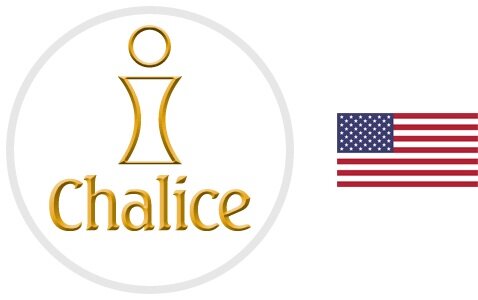Meatless Red Ukrainian Borscht
Photo credit: The Culinary Couple
Borscht is a delicious and famous traditional Ukrainian dish. In Ukraine, this frugal dish can be made with a number of low-cost fresh ingredients grown in home gardens. It’s versatile, easy to make, and packed with essential vitamins and nutrients!
“There’s green borscht and other variations, but red borscht is by far the most popular,” says Halyna, our Pochaiv site director. “There’s both meat and meatless variations of red borscht. Meat is expensive, so it’s usually saved for special occasions. For Lent, we cook the meatless version. It’s also a must-have meatless dish for Holy Eve dinner.”
Meatless Red Ukrainian Borscht
Sent by: Halyna, our Pochaiv site director
Ingredients:
4 medium onions
4 carrots
3-4 celery stalks
1 leek stalk
2 red beets
2 cups of white cabbage
5 medium potatoes
2-3 tbsp. tomato paste
1-2 bay leaves
3 cloves garlic
2-3 whole peppercorns
1 tsp vinegar
3 litres (12.5 cups) of water
Salt and black pepper to taste
2-3 tbsp oil for frying
For the vegetable broth:
Wash, peel and dry the celery stalks, leek, 2 carrots and 2 onions.
Dice celery stalks and leek into large pieces. Put aside.
Slice the carrots and onion. Fry together on medium heat until browned.
Put the prepared vegetables into a large pot with the water. Bring to a boil, reduce heat and simmer for 30 minutes.
After simmering, remove from heat and add peppercorns, bay leaves, powdered black pepper and salt.
Cover and set aside for 1-2 hours.
After 1-2 hours, filter the broth though cheesecloth or a fine strainer.
Note from Halyna: “Vegetable broth can be cooked in advance! It can be poured in to thermal-resistant closed container and placed in the freezer for storing. Frozen broth can be stored for 20-30 days.”
For the red borscht:
Wash and peel beets. Grate beets into large pieces. Pour over with vinegar to keep the bright red color. Halyna says: “Attention! Be light handed and careful not to spoil the borscht taste!”
Grate the remainder of the carrots and dice remaining onions into small cubes.
Pour oil into a medium pan and fry beets, onions and carrots on medium heat until softened.
Dice garlic cloves. Add tomato paste, and diced garlic to the pan. Stir all ingredients and keep on frying for 3-5 minutes. Halyna says: “I like adding 1-2 tsp of sugar to neutralize some of the vinegar. This is my personal liking. If the mix burns, add several tbsp. of vegetable broth).
Put vegetables aside. Bring the vegetable broth to a boil.
Cut potatoes into cubes and add to the boiling broth. Boil for 10-15 minutes on medium heat. Halyna says: “Borscht shouldn’t boil too hard. Watch the fire. The best way is not to leave borscht without supervision. You should GIVE YOURSELF to borscht completely!”
Add diced cabbage. Boil for an additional 10-12 minutes.
Add the fried vegetables from the pan to the broth. Boil for 5-6 minutes.
Turn off heat, and add salt and pepper to taste. If needed, add more salt, pepper, sugar or garlic at your personal taste.
Halyna says: “Borscht shouldn’t be thin. It should look like a soup, but not too thick. Let the borscht infuse not less than 3-4 hours. Otherwise, you won’t sense its true taste! Ukrainian proverb says: “If you like fresh borscht, come back tomorrow.”
Extra tips from Halyna.
While cooking borscht, after you added cabbage, you can also add 3/4 c. of boiled/canned beans or 1/3 c. of boiled or fried mushrooms.
Sweet red pepper can be added to the vegetables fried with beets.
Peeled tomatoes in own juice can be added too. In this case, DO NOT add tomato paste.
The core thing here is following the steps sequence in ingredients adding into vegetable broth.
Cooked borscht tastes good with a dollop of sour cream. (Note: sour cream is not a Lent-diet, so it’s up to you to have it or not. However, sour cream is not a meat, so if you are not on strict fasting, enjoy borscht with sour cream). Dry of fresh dill or parsley can be added into a plate as well.
SMACHNOHO! (Enjoy!)


